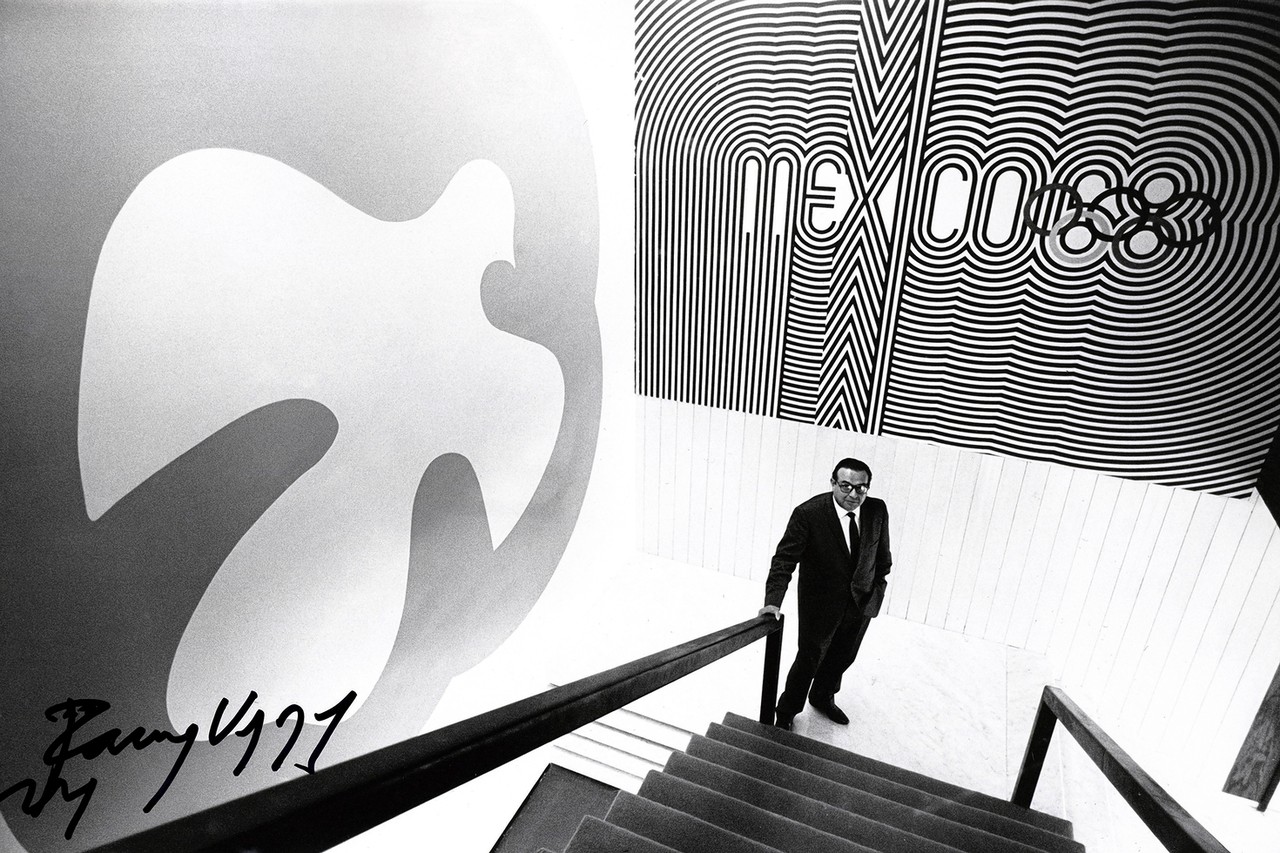Pedro Ramirez Vasquez

Pedro Ramírez Vázquez: Eight Reasons the Midcentury Icon Deserves Your Attention

By IAN VOLNER
HE WAS A ONE-MAN midcentury design powerhouse in Mexico, an architect whose contributions—especially his stewardship of the 1968 Olympics—made him one of the country’s true talents. Pedro Ramírez Vázquez (1919-2013) combined a knack for buildings that have the formal daring and pop appeal of, say, Frank Gehry with the political clout and urban impact of New York master-planner Robert Moses. Here’s what else you need to know.
His biggest fan: Bauhaus founder Walter Gropius first met Mr. Ramírez Vázquez in 1952 in Mexico City and was smitten. “Young man,” said Mr. Gropius, “you’re going to soar.”
His most famous building: The National Museum of Anthropology—a concrete megalith built in 1964 that nodded to Mexico City’s monumental Aztec temples—was hailed by American architect Philip Johnson as “the best museum in the world.”
His life’s work, in 20 words or less: To give Mexico a reputation as a leading-edge architectural destination, combining elements of his country’s past with forward-looking European Modernism.
His gold medal: As president of the organizing committee for the 1968 Mexico City Olympics, he left an indelible mark on the city, and, thanks to graphic designer Lance Wyman, gave the games its coolest logo.
His lowest moment: Also the 1968 Olympics. Ten days before the opening ceremony, dozens (and possibly hundreds) of student protesters were killed by soldiers of the Mexican government, Mr. Ramírez Vázquez’s biggest, most important client. In the minds of many, he was guilty by association.
His weakness: Sugar. “He always stole everyone’s dessert,” recalled his son, Javier. “But he was a wonderful grandfather.”
Why now: This week, newly launched Mexican furniture brand Luteca reissued his Equipal Chair, one of the best examples of his cultural synthesis—with its pre-Columbian-meets-Bauhausian vibe.
Next up: “Latin America in Construction: Architecture 1955-1980,” organized by curator Barry Bergdoll at New York’s Museum of Modern Art, opens March 29 and will include several of Mr. Ramírez Vázquez’s architectural works.







